A pound (or ½ kilo) of ground beef is a great item to have on hand. There are tons of things you can make with ground beef; hamburgers, meatloaf, chili, English muffin pizzas, meatballs, lasagna, sloppy Joe’s. Enough said?
“Coming Attractions…!”
I have already talked about buying and storing ground beef. Today I am going to show you how to brown ground beef.
Technically, raw meat should be cooked to 160 degrees to kill off the bacteria. If you don’t have a thermometer, then just be sure there is no pink on the ground beef.
Preheat your fry pan for just a minute or two, on medium setting.
If you put the meat in a cold pan it will most likely stick to the bottom of the pan.
A good way to preheat your pan is to put a few drops of water into the pan. When the drops of water have evaporated, the pan is hot enough!
After the pan is heated add the beef to the pan.
Now, using a wooden spoon or Silicone spatula, mash and stir and twist and turn the meat so that it gets broken up as it cooks.
Keep stirring and mashing until all the pink has disappeared and all the meat has turned brown in color.
This should take about 5 to 7 minutes. After the meat has cooked, I like to strain it in a colander in order to drain off the fat, so that my creations don’t taste greasy or fatty.
That’s all there is to browning ground beef.
What are some of your favorite things to make with browned ground beef?
If you are new to startcooking, or are a regular visitor here, please consider subscribing for free.



























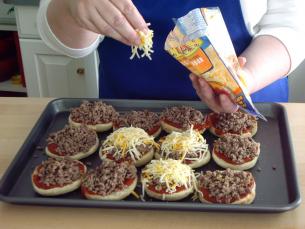
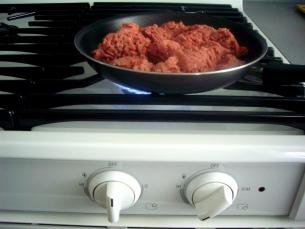
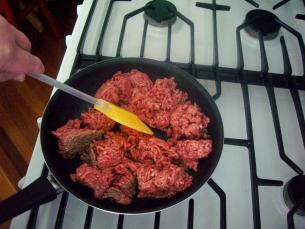
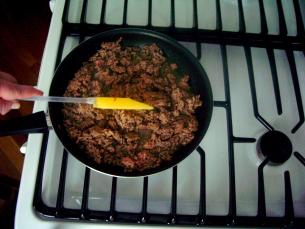
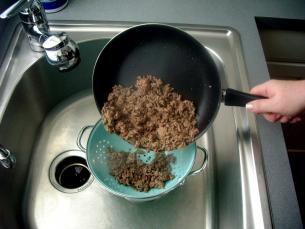













Aki said:
Keep up the good work of explaining!